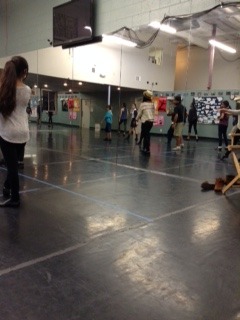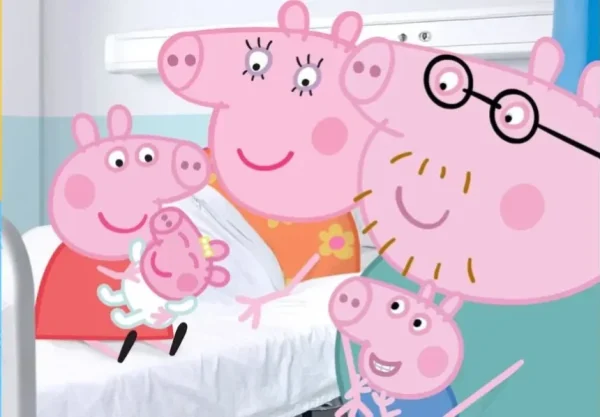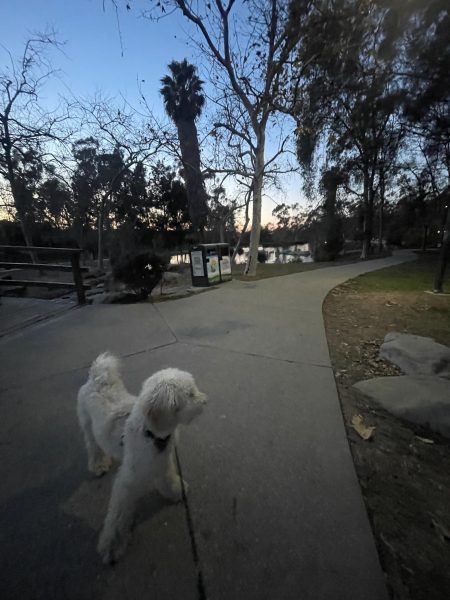How does dancing impact these students’ lives?
Dance is the hidden language of the soul of the body.
Martha Graham
“5, 6, 7, 8…”

Hideaway by Kiesza starts to play in the background. After these counts the dancers start to perform a small part of a routine choreographed by Jewels Delegall, the dance teacher and dance coordinator at the dance studio in A Place Called Home. APCH is a safe haven for the kids/teens in South Central.
After a few runs, Jewels gives them feedback on how to improve their dance movements and technique to make it look better. It’s not to be mean or anything, this is how dancers improve, by feedback and they feed off of this and that’s what makes them better. Jewels said, “We give them the technique they need, and we teach them the professional skills…” Some of the dancers already have sweaty faces because they are working hard.
Sally Carcamo, a dancer, performer, and part of the dance company says, “…you’re not just dancing, you are also telling a story.” When a dancer is also “telling a story” they don’t just dance, they put themselves into the music, the rhythm, and feel what the music is trying to tell them.
Many people try to give dancing a chance, but by observing this class, it’s a huge commitment. Vanessa Montes de Oca, a dancer, performer, and also part of the dance company, says, “…if it’s something you truly love, you won’t give up.” Giving up is abandoning something, according to the Merriam Webster Dictionary. Dancers don’t give up, and they have shown me that they don’t want to give up.
The dance studio is small, and it was a thirteen people class, so they went by groups. At some point, they go in an entire group. All the notes, feedback, constant repeating, Ms. Jewels gave them, paid off!
My mission as a journalist for the Bulldog Bugle is to report and write stories that have human interest and impact. They will inform anybody in the...







